Search the Special Collections and Archives Portal
Search Results
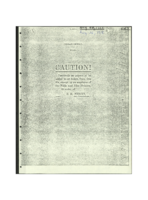
Native Americans living near Moapa and Pahrump Valley, Nevada: United States Indian Service correspondence
Date
Archival Collection
Description
Correspondence between Department of the Interior Office of Indian Affairs Assistant Commissioner E. B. Meritt and Moapa River School Superintendent Laurel B. Sandall. 1918-08-20 inquiry from Assistant Commissioner E. B. Meritt about the citizenship status of a Native American named "Stub," and the status of all Native Americans living in Southern Nevada. 1918-08-26 reply from Moapa River School Superintendent L. B. Sandall reporting 113 Native Americans live on reservation and over 200 live off reservation. Sandall reports on the health and occupational status of Native Americans with no affiliation to the reservation.
Text
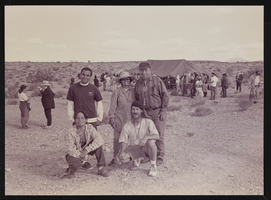
Corbin Harney spiritual, environmental, and protest activism activities: photograph album
Date
Archival Collection
Description
From the Corbin Harney Nevada Test Site Protest Photograph Albums (MS-00308).
Image
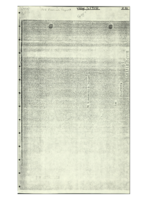
Moapa River Indian School Annual Report, 1915
Date
Archival Collection
Description
Department of the Interior, United States Indian Service 1915 annual report of the conditions on the Moapa River Reservation School. Section I includes reservation law and order. Section II includes reservation health. Section III includes the reservation school. Section IV includes reservation industries (infrastructure). Section VII includes allotments.
Text
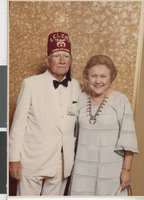
Photograph of Anna and Leonard Fayle, Las Vegas (Nev.), June 1982
Date
Archival Collection
Description
Image
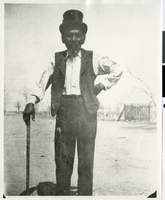
Photograph of Chief Tecopa, Pahrump, Nevada, circa 1880s-1890s
Date
Archival Collection
Description
Image
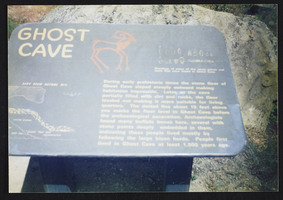
Corbin Harney personal photographs, speaking engagements, and activism: photograph album
Date
Archival Collection
Description
From the Corbin Harney Nevada Test Site Protest Photograph Albums (MS-00308).
Image

Photograph of food rations being distributed at Paiute reservation, early 1900s
Date
Archival Collection
Description
Image
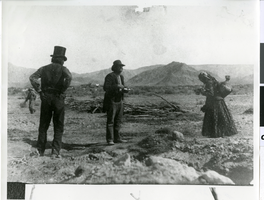
Photograph of Chief Tecopa with others, Ash Meadows or Pahrump Valley, Nevada, circa 1880s-1910s
Date
Archival Collection
Description
Image
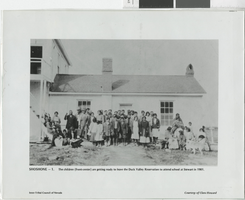
Photograph of Shoshone children, Duck Valley Reservation (Nev.), 1901
Date
Archival Collection
Description
Image
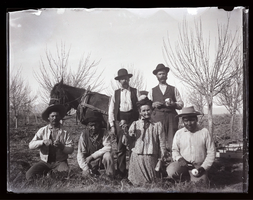
Photograph of the Kiel and George family at Kiel Ranch, North Las Vegas (Nev.), 1904
Date
Archival Collection
Description
Image
